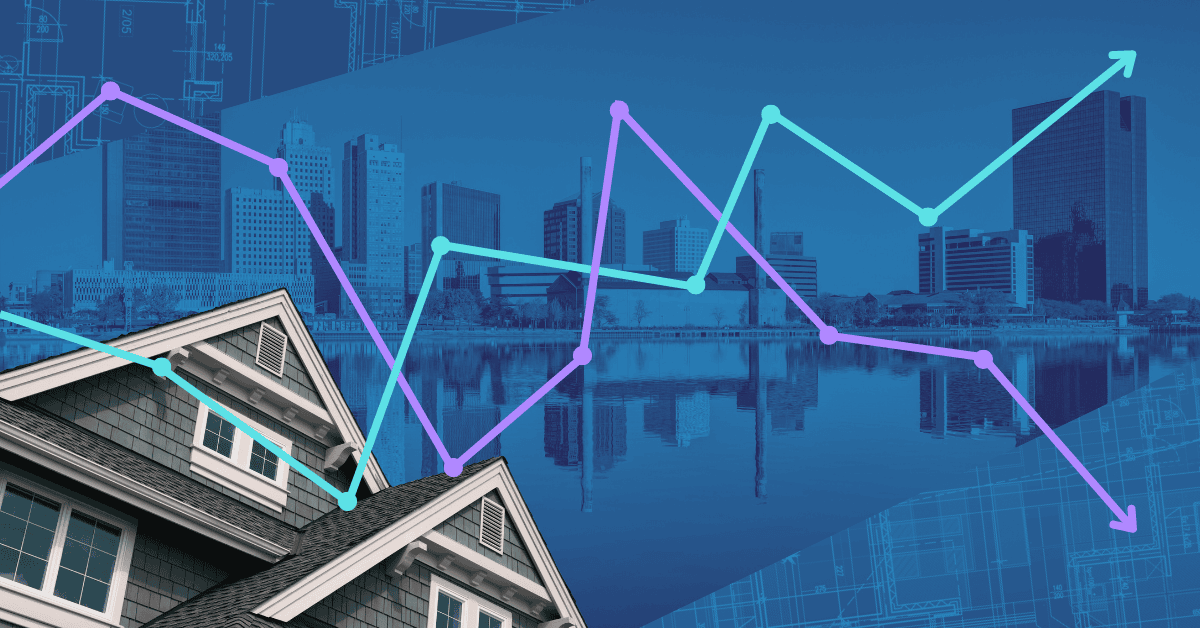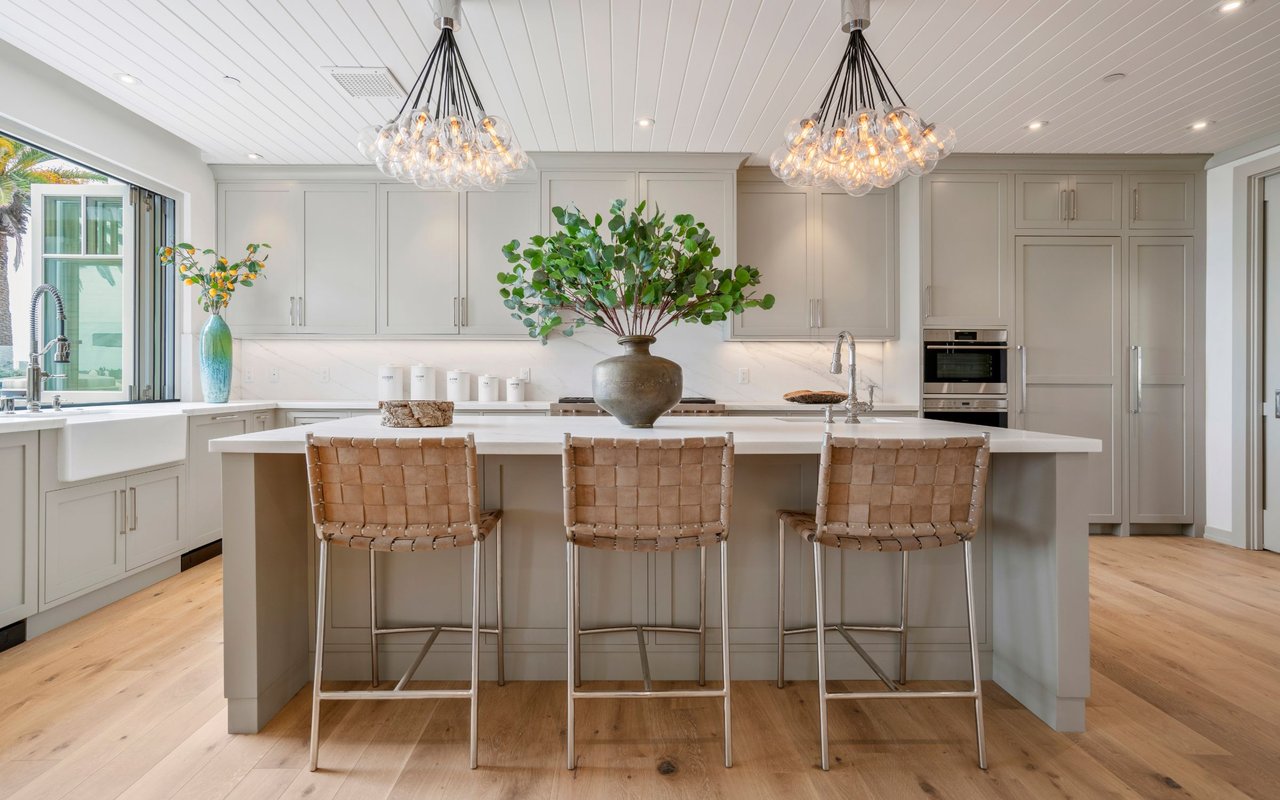The Housing Market's Dramatic Return to Pre-Pandemic Reality
Five years after COVID-19 was declared a pandemic, the U.S. housing market has come full circle, returning to patterns not seen since 2019. The frenzied days of multiple offers and above-asking prices have given way to a more measured, balanced market where homes are taking significantly longer to sell.
Recent data reveals the typical American home that went under contract in March 2025 spent 47 days on the market - the longest timeframe for any March since 2019. This represents a stark contrast to the pandemic homebuying rush, when homes were selling in less than half that time. Additionally, only 41% of homes sold within two weeks last month, marking the lowest March percentage since before the pandemic.
"We're witnessing the normalization of the housing market after years of unprecedented activity," explains real estate analyst Morgan Stevens. "This adjustment was inevitable as economic conditions shifted and pandemic-driven urgency subsided."
Supply and Demand: The Market Correction Equation
Several interconnected factors are driving this market correction:
- Rising Home Inventory - The supply of available homes has reached a five-year high, with active listings climbing 14.1% year-over-year. New listings increased 6% compared to March 2024, hitting their highest level since July 2022.
- Sluggish Buyer Demand - Economic uncertainty and persistently high homebuying costs have made potential buyers hesitant. With more options available, buyers can afford to be selective and patient.
- Seller Pricing Misalignment - Many sellers, particularly those who purchased during the market peak in 2021-2022, are setting unrealistic asking prices. This growing disconnect between seller expectations and market realities is extending days on market.
"Many homeowners who bought at the market's peak are struggling to accept that they can't command the premium prices of two years ago," notes Samantha Rodriguez, a veteran real estate consultant. "They're overpricing homes to recoup their investment, but today's buyers have more options and less urgency."
Price Growth Slowdown Signals Market Shift
The median home sale price in March stood at $431,057, representing just a 2.5% increase from the previous year - the slowest growth rate since September 2023. This deceleration in price growth further indicates the market's shift toward balance.
One particularly revealing statistic: only 27% of homes sold above their list price in March 2025, the lowest March percentage since 2020. The typical home sold for approximately 1% below its asking price, reflecting diminished buyer competition and increased negotiating power.
For many potential homebuyers, this represents a welcome change from the hyper-competitive pandemic market. With mortgage rates averaging 6.65% in March (down slightly from previous months but still more than double pandemic-era lows), buyers need every advantage they can get.
Regional Market Variations Paint Complex Picture
While the national trend points toward a cooling market, significant regional variations exist:
Hottest Markets for Price Growth:
- Cleveland (11.8% year-over-year)
- Nassau County, NY (9.8%)
- Newark, NJ (9.5%)
Markets Experiencing Price Declines:
- Jacksonville (-3.8%)
- San Francisco (-2.6%)
- Austin (-1.6%)
Markets with Highest Percentage of Above-List Sales:
- San Jose (71.2%)
- Newark (62.5%)
- San Francisco (61.5%)
Markets with Longest Days on Market:
- Fort Lauderdale (88 days, up 24 days from 2024)
- West Palm Beach (89 days, up 19 days)
- Miami (84 days, up 19 days)
Florida and Texas markets are experiencing particular challenges, with rising insurance costs and growing inventory levels driving significant slowdowns. Conversely, certain Midwestern and Northeastern markets remain relatively robust.
"We're seeing the most dramatic corrections in markets that experienced the sharpest pandemic-era spikes," explains Rodriguez. "Areas with more moderate growth during 2021-2022 are generally experiencing softer landings."
Property Type and Location: Key Differentiators in Today's Market
As the market continues to normalize, certain property types and locations are weathering the transition better than others. Homes in affordable suburbs with good school districts continue to attract strong interest, while luxury properties and condos in densely populated urban centers face greater challenges.
"Location fundamentals matter more than ever," says Stevens. "Properties in desirable school districts with reasonable commute times to employment centers are holding value better than properties whose primary appeal was pandemic-related, such as remote locations that were attractive during work-from-home mandates."
The data supports this analysis. In 17 of the 50 most populous U.S. metropolitan areas, a majority of homes still sold within two weeks - though in most of these markets, the percentage was lower than in 2024. These resilient markets typically offer strong employment opportunities and relative affordability compared to neighboring regions.
The increasing importance of affordability is also evident in the growing number of homeowners who are selling due to financial strain. "Some sellers are listing homes because they can no longer afford property taxes and insurance payments," notes Rodriguez. "This is particularly true in states like Florida and Texas where insurance costs have skyrocketed."
Market Insights: What You Need to Know
How long should sellers expect their homes to remain on the market in 2025?
The national average is 47 days, but this varies significantly by location. In hot markets like San Jose, Seattle and Oakland, homes still sell relatively quickly (under 16 days), while in challenging markets like Fort Lauderdale and West Palm Beach, 80+ days is now typical.
Are we heading toward a buyer's market?
We're certainly moving in that direction, with increasing inventory and slowing price growth giving buyers more options and negotiating power. However, elevated mortgage rates continue to limit affordability, preventing a complete shift to a buyer's market in most regions.
Which factors are most affecting regional market variations?
Insurance costs (particularly in hurricane-prone regions), local employment trends, and housing affordability relative to local incomes are the primary differentiators. Markets experiencing significant population outflows or sharp insurance increases are cooling fastest.
Should homeowners consider delaying selling until conditions improve?
This depends entirely on personal circumstances. For those who need to sell due to relocation, financial constraints, or family changes, proper pricing is critical - homes priced appropriately for current market conditions are still selling. Those with flexibility might benefit from waiting, particularly if they purchased at market peak in 2021-2022.
How are new construction homes performing compared to existing homes?
New construction is generally faring better than the resale market in most regions, as builders have been more responsive to market conditions, offering incentives and price adjustments to maintain sales velocity.
The housing market's return to pre-pandemic patterns represents a fundamental reset after years of extraordinary conditions. For buyers who were previously priced out, this normalization offers new opportunities - provided they can manage the still-elevated mortgage rates. For sellers, success increasingly depends on realistic pricing strategies that acknowledge the market's new reality.
As 2025 progresses, expect continued moderation in price growth and further extensions in days-on-market metrics, particularly if economic uncertainty persists. The new normal in residential real estate appears to be one of greater balance, increased negotiation, and a renewed focus on housing fundamentals rather than speculative frenzy.


